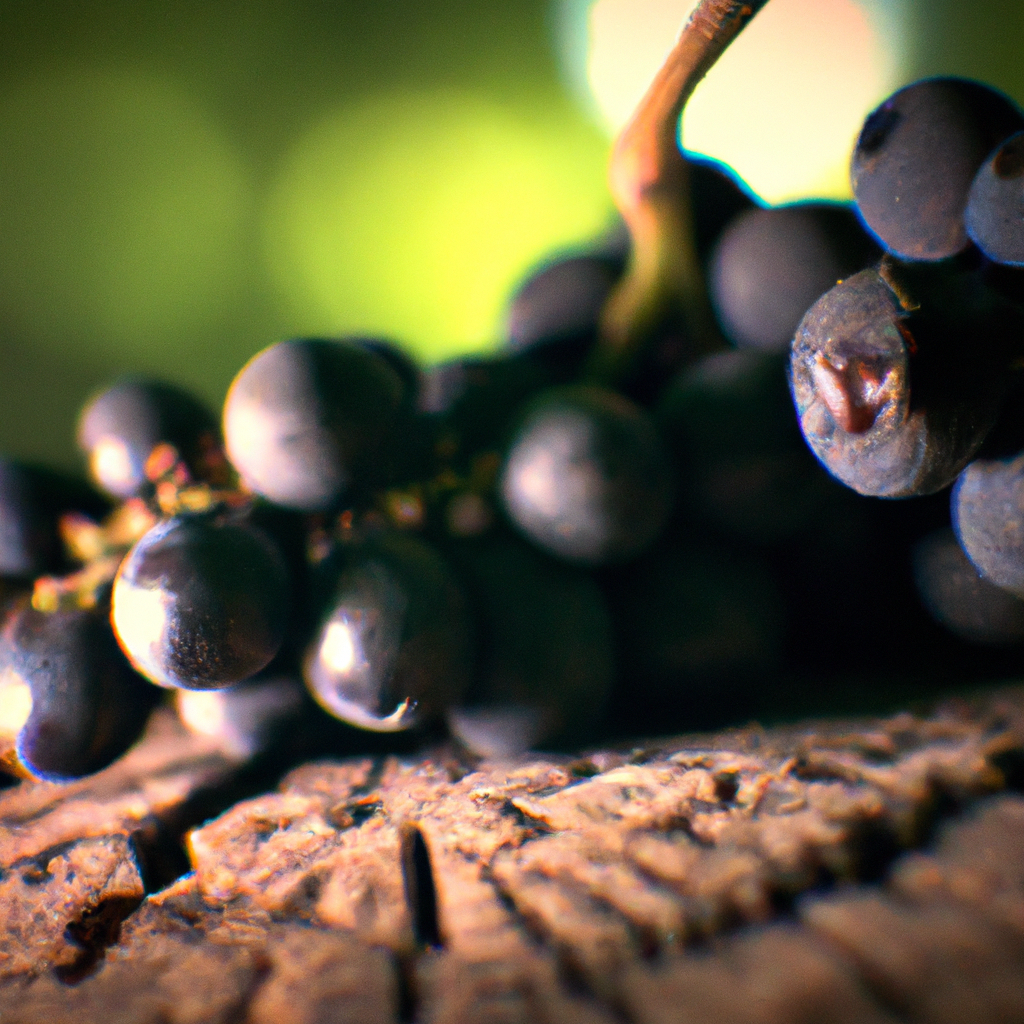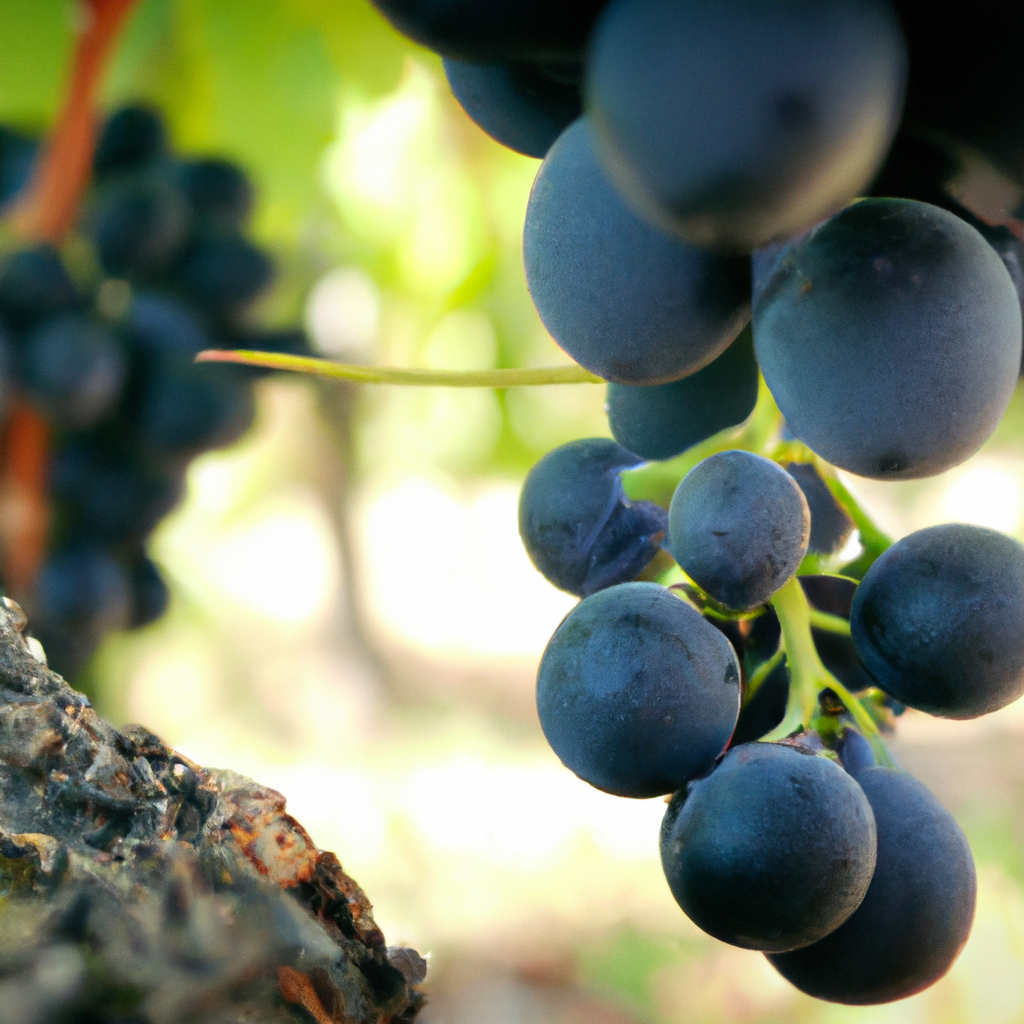
-
Article Summary
- Exploring Pignolo: Unveiling the Mystery of the Ghost Grape
- Key Takeaways
- Introduction: The Enigma of Pignolo
- The History and Revival of Pignolo
- The Characteristics of Pignolo Wine
- The Importance of Preserving Pignolo
- FAQ Section
- Where is Pignolo grown?
- What does Pignolo taste like?
- Why was Pignolo nearly extinct?
- How has Pignolo been revived?
- Why is it important to preserve Pignolo?
- Conclusion: The Future of Pignolo
- Revisiting the Key Takeaways
Exploring Pignolo: Unveiling the Mystery of the Ghost Grape

[youtubomatic_search]
Key Takeaways
- Pignolo is a rare, ancient grape variety native to Italy’s Friuli region.
- Despite its near extinction in the 20th century, Pignolo has experienced a revival in recent years.
- Pignolo wines are known for their rich, complex flavors and aging potential.
- Winemakers and wine enthusiasts alike are drawn to Pignolo for its unique characteristics and historical significance.
- Continued research and cultivation efforts are crucial to preserving Pignolo and other endangered grape varieties.
Introduction: The Enigma of Pignolo
Steeped in history and mystery, Pignolo is an ancient grape variety that has been on the brink of extinction. Native to the Friuli region in northeastern Italy, this ‘ghost grape’ has been resurrected in recent years, captivating winemakers and wine enthusiasts alike with its unique characteristics and historical significance.
The History and Revival of Pignolo
Records of Pignolo date back to the 13th century, making it one of the oldest known grape varieties. However, due to its low yield and late ripening, Pignolo was largely abandoned in favor of more profitable grapes during the 20th century. By the 1980s, only a few vines remained, preserved in old vineyards and monastic gardens.
Fortunately, a handful of dedicated winemakers recognized the potential of Pignolo and began efforts to revive it. Through careful cultivation and research, they have managed to bring this ghost grape back from the brink. Today, Pignolo is still rare, but it is slowly gaining recognition for its rich, complex wines.
The Characteristics of Pignolo Wine
Pignolo wines are known for their deep ruby color, full body, and high tannin content. They offer a complex array of flavors, including dark fruit, spice, and earthy notes. Perhaps most notably, Pignolo wines have exceptional aging potential. With time, their intense tannins soften, revealing a smooth, velvety texture and complex, layered flavors.
Despite its challenges, winemakers are drawn to Pignolo for its unique characteristics and the opportunity to create truly distinctive wines. As one winemaker put it, “Pignolo is a difficult grape to grow, but the results are worth it. There’s nothing quite like it.”
The Importance of Preserving Pignolo
The revival of Pignolo is more than just a winemaking trend. It represents a broader effort to preserve biodiversity in viticulture. As climate change and disease threaten grape varieties worldwide, the preservation of ancient and endangered grapes like Pignolo is more important than ever.
Through continued research and cultivation, we can ensure that these unique grape varieties are not lost to history. As one researcher noted, “Every grape variety has something to offer. By preserving them, we are preserving a piece of our cultural heritage.”
FAQ Section
Where is Pignolo grown?
Pignolo is native to the Friuli region in northeastern Italy. Today, it is still primarily grown in Friuli, although some vineyards in other parts of Italy and abroad have started to cultivate it.
What does Pignolo taste like?
Pignolo wines are known for their deep ruby color, full body, and high tannin content. They offer a complex array of flavors, including dark fruit, spice, and earthy notes.
Why was Pignolo nearly extinct?
Due to its low yield and late ripening, Pignolo was largely abandoned in favor of more profitable grapes during the 20th century.
How has Pignolo been revived?
A handful of dedicated winemakers recognized the potential of Pignolo and began efforts to revive it. Through careful cultivation and research, they have managed to bring this ghost grape back from the brink.
Why is it important to preserve Pignolo?
The preservation of ancient and endangered grapes like Pignolo is crucial for maintaining biodiversity in viticulture. It also allows us to preserve a piece of our cultural heritage.
Conclusion: The Future of Pignolo
From its ancient origins to its near extinction and recent revival, the story of Pignolo is a testament to the resilience of nature and the dedication of those who value biodiversity and cultural heritage. As we continue to explore and appreciate this ghost grape, we are not only enjoying a unique wine but also participating in the preservation of a piece of history.
[youtubomatic_search]
Revisiting the Key Takeaways
- Pignolo is a rare, ancient grape variety native to Italy’s Friuli region.
- Despite its near extinction in the 20th century, Pignolo has experienced a revival in recent years.
- Pignolo wines are known for their rich, complex flavors and aging potential.
- Winemakers and wine enthusiasts alike are drawn to Pignolo for its unique characteristics and historical significance.
- Continued research and cultivation efforts are crucial to preserving Pignolo and other endangered grape varieties.






